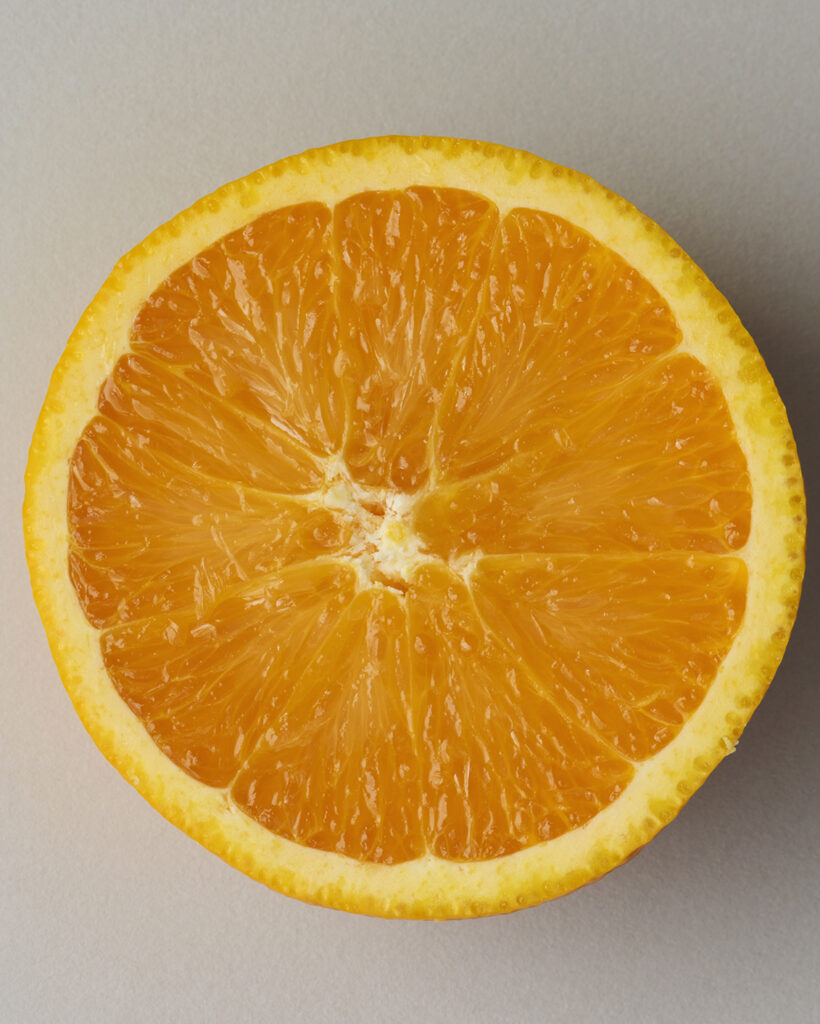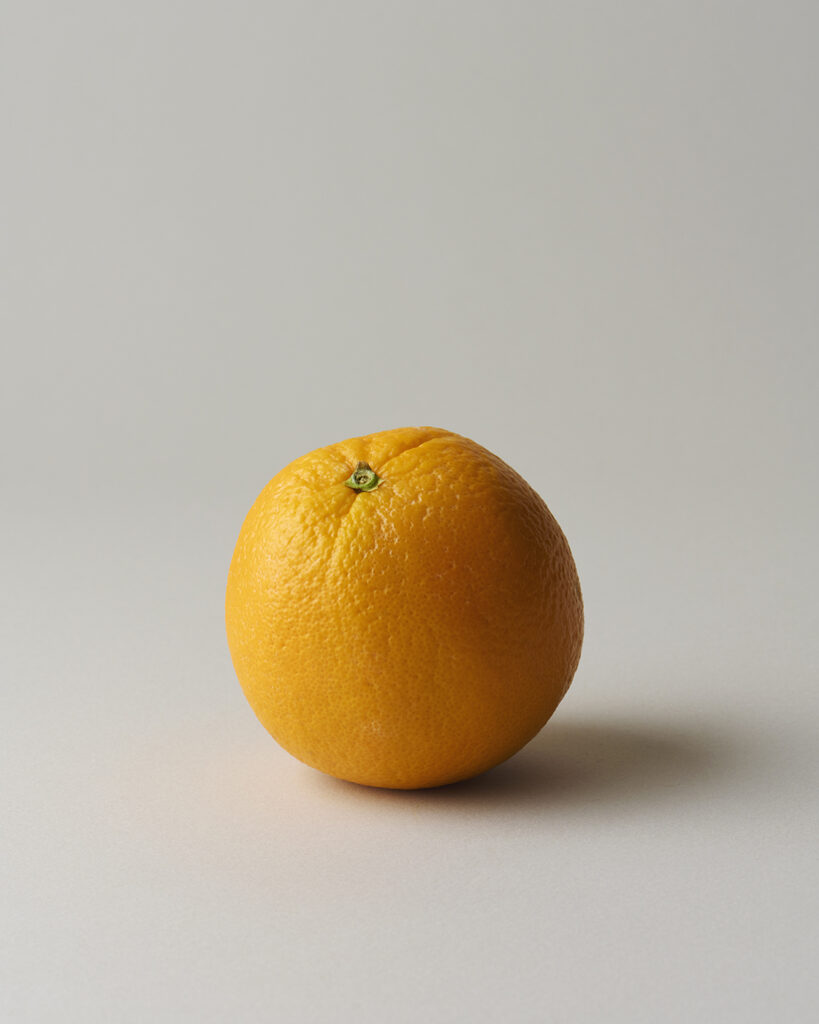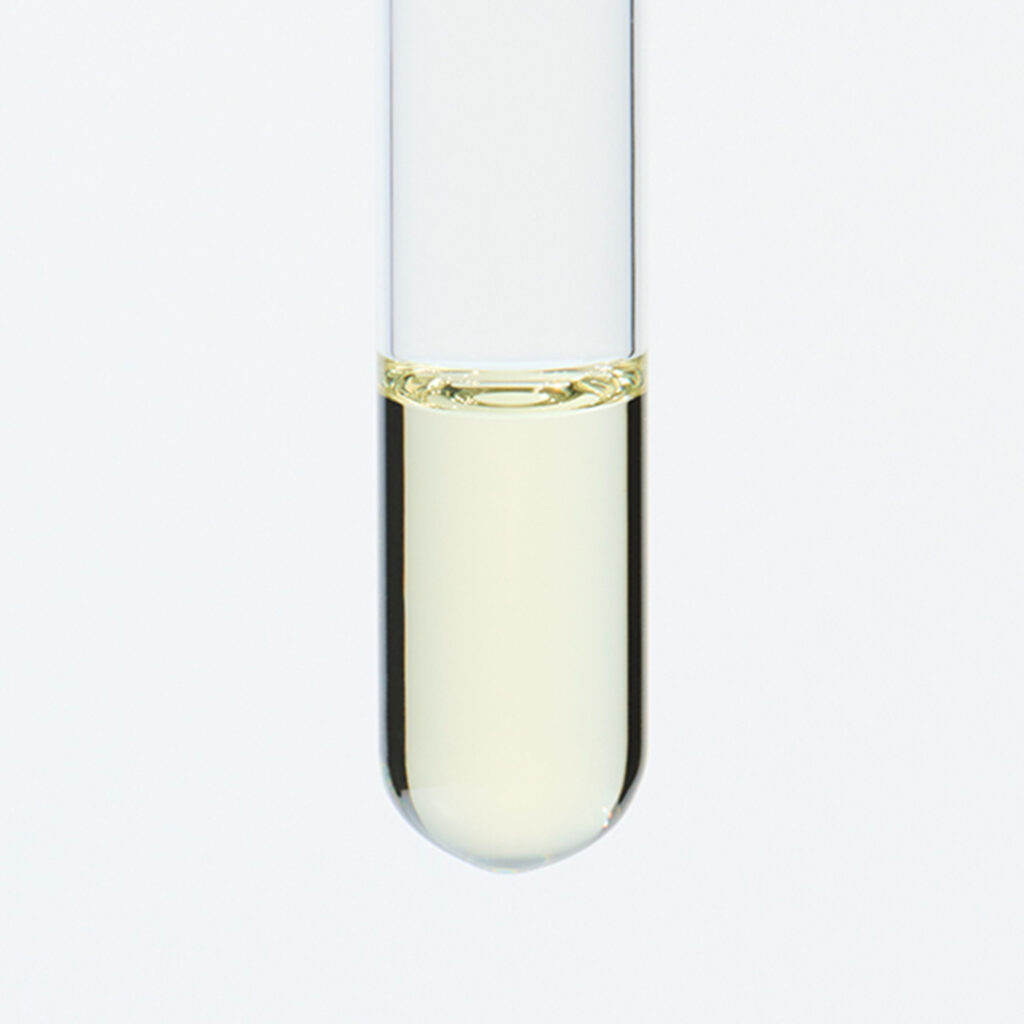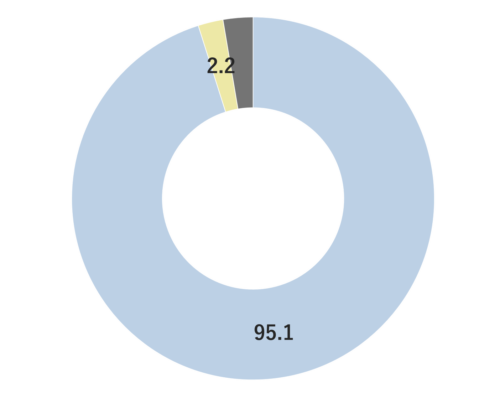Sweet Orange belongs to the Rutaceae family and is a shrub with oval -shaped leaves that grows at moderate temperatures of around 20°C. Sweet Oranges come in several varieties, broadly classified into: 1. regular oranges such as Valencia and Chamouti oranges, 2. Navel oranges, 3. Blood oranges, 4. Acid-free oranges, among others. The fruit is vibrant yellow to orange in color, boasting a delightful blend of acidity and sweetness emitting a refreshing citrus aroma. Notably, Sweet Orange peels are coarse rather than smooth. The term “orange” is believed to have originated from the Indian Sanskrit Dravidian language, and as the fruit spread to Europe, it adopted its present-day name. Various theories surround the origin of itself, but it is known to have been introduced from India across the Himalayas to Europe. Over time, numerous varieties have been cultivated worldwide. The tree has evolved alongside human lives, adapting in diverse ways to become an integral part of various cultures and lifestyles.




